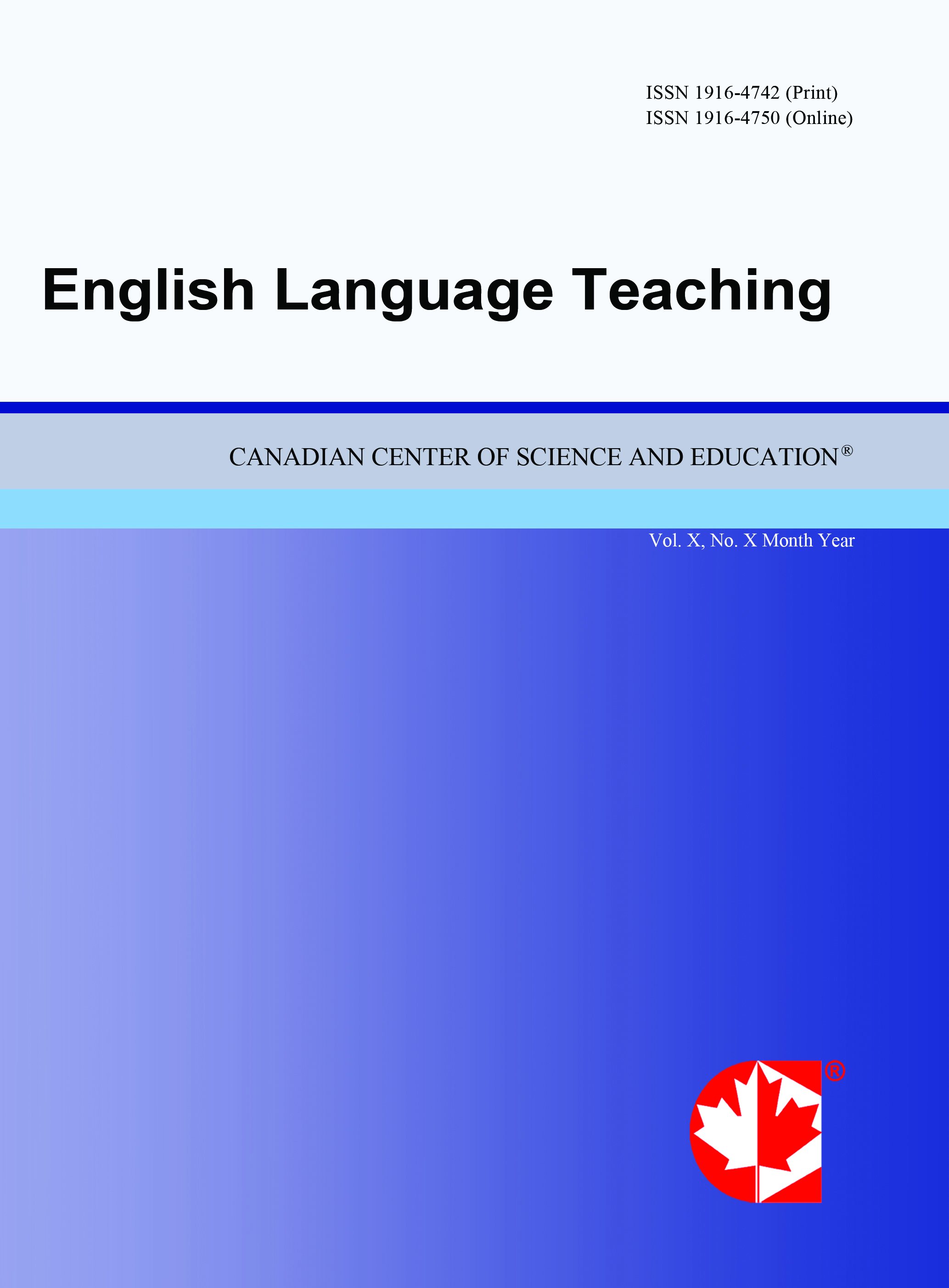Instructional Leadership Practices Among Headmasters and The Correlation with Primary Schools’ Achievement in Sabah, Malaysia
- Fazal Mohamed Mohamed Sultan
- Gunasegaran Karuppannan
- Justin Rumpod
Abstract
This study aims to identify the correlation between the instructional leadership practices by the headmasters with the level of performance and achievement of schools in Malaysia. A total of 141 respondents comprised of senior assistants of primary schools were examined. Respondents' perceptions of instructional leadership practices by the headmasters were gained using a set of questionnaire that was modified from the Principal Instructional Management Rating Scale (PIMRS). Descriptive statistical analysis was used to obtain the mean score, percentage, and standard deviation of the instructional practices. At the same time, ANOVA test was applied to obtain the perceptions from demographic factors and Pearson Correlation to measure the relationship between the instructional leadership and the schools’ performance that is based on band measurement. The findings show that the level of instructional leadership practice is high, with a mean of 4.24. Band 1, 2, 3 and 4 schools each have min of 4.37 4.23, 4.23 and 4.05 respectively. Pearson correlation analysis shows that there is a weak negative correlation between the headmasters’ instructional leadership practices level and the performance of the schools (r = -0.210). Thus, findings conclude that the level of instructional leadership practices among headmasters in primary schools is high and has a weak negative relationship in-term of schools’ achievement.
- Full Text:
 PDF
PDF
- DOI:10.5539/elt.v15n2p50
Journal Metrics
1. Citations (February 2025): 97751
2. h-index (February 2025): 132
3. i10-index (February 2025): 1695
For details about the Journal Metrics, please visit the Google Scholar website.
Index
- Academic Journals Database
- CNKI Scholar
- Educational Research Abstracts
- Elektronische Zeitschriftenbibliothek (EZB)
- EuroPub Database
- Excellence in Research for Australia (ERA)
- GETIT@YALE (Yale University Library)
- Harvard Library E-Journals
- IBZ Online
- INDEX ISLAMICUS
- JournalSeek
- JournalTOCs
- LearnTechLib
- Linguistics Abstracts Online
- LOCKSS
- MIAR
- MLA International Bibliography
- NewJour
- Open J-Gate
- PKP Open Archives Harvester
- Publons
- ResearchGate
- ROAD
- SHERPA/RoMEO
- Standard Periodical Directory
- Technische Informationsbibliothek (TIB)
- The Keepers Registry
- Ulrich's
- Universe Digital Library
Contact
- Gavin YuEditorial Assistant
- elt@ccsenet.org
